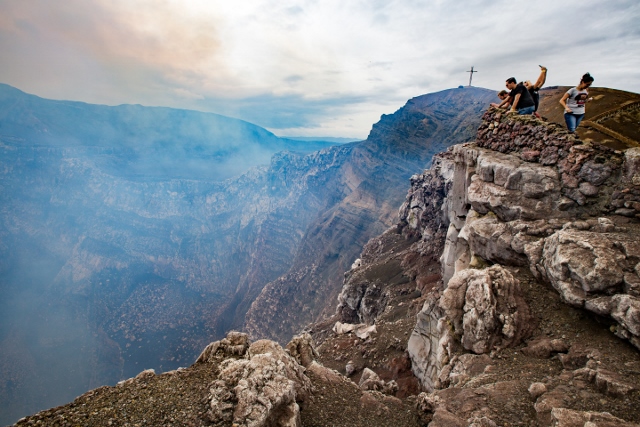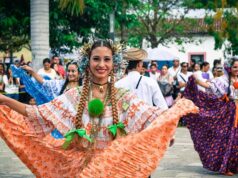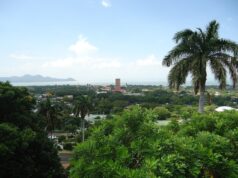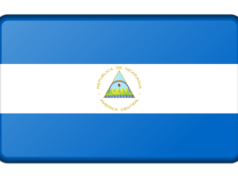The recently published (March 31st 2021) “Annual Report 2020” by the Central Bank of Nicaragua (Banco Central de Nicaragua – BCN) includes tourism stats for Nicaragua showing that revenue was down by 61.5% in 2020.
Also, the number of visitors decreased by 67.4 percent while Direct Foreign Investment (in tourism this usually means dollars invested in tourist related projects such as hotels and resorts) was also down by 63.8%.
Towards the end of 2019, Nicaragua had begun a period of economic recovery following the sociopolitical crisis of 2018. However, that was soon halted by the global economic contraction of 2020, caused by the COVID-19 pandemic. At a global level, tourism revenues began to be affected during the first quarter of 2020 as countries began closing borders and implementing travel restrictions to curb the pandemic.
The impact of widespread border closures and flight suspensions hit Nicaragua hard as the volume of visitors in the tourism and business sectors dropped dramatically and rapidly.
As a result, Nicaragua faced a reduction in income from tourism for the third year in a row. In 2020 it was at US $198.5 million dollars (which is 61.5 percent lower than in 2019 when it was US $ 515.3 million).
The drop in daily spending by tourists was dramatic. By the fourth quarter of 2020, statistics showed that average daily per capita spending was US $13.5 dollars, compared to US $ 43.30 in the same quarter of 2019 (the “Pre Covid” recovery period).
Interestingly, due to flight cancellations and border closures, tourism stats for Nicaragua show the average tourist stayed for 36.8 days, compared to a 9 day stay in the same quarter of 2019.
As far as the actual number of visitors to Nicaragua in 2020, this decreased by 67.4 percent compared to 2019. The BCN statistics show that the number of tourists from Central America decreased by over 624 thousand and the reduction from North America was almost 200 thousand.
The government has also felt the knock-on effect of the drop in income from the tourism sector. Lower income from tax collection, lower contributions to social security (INSS) due to unemployment and a reduction in other public income from fees and services.
In the bigger picture of the report from the BCN it shows that the country’s Gross Domestic Product (GDP) dropped by 2% in 2020, following previous reductions in 2019 of 3.7% and in 2018 of 3.4%.







